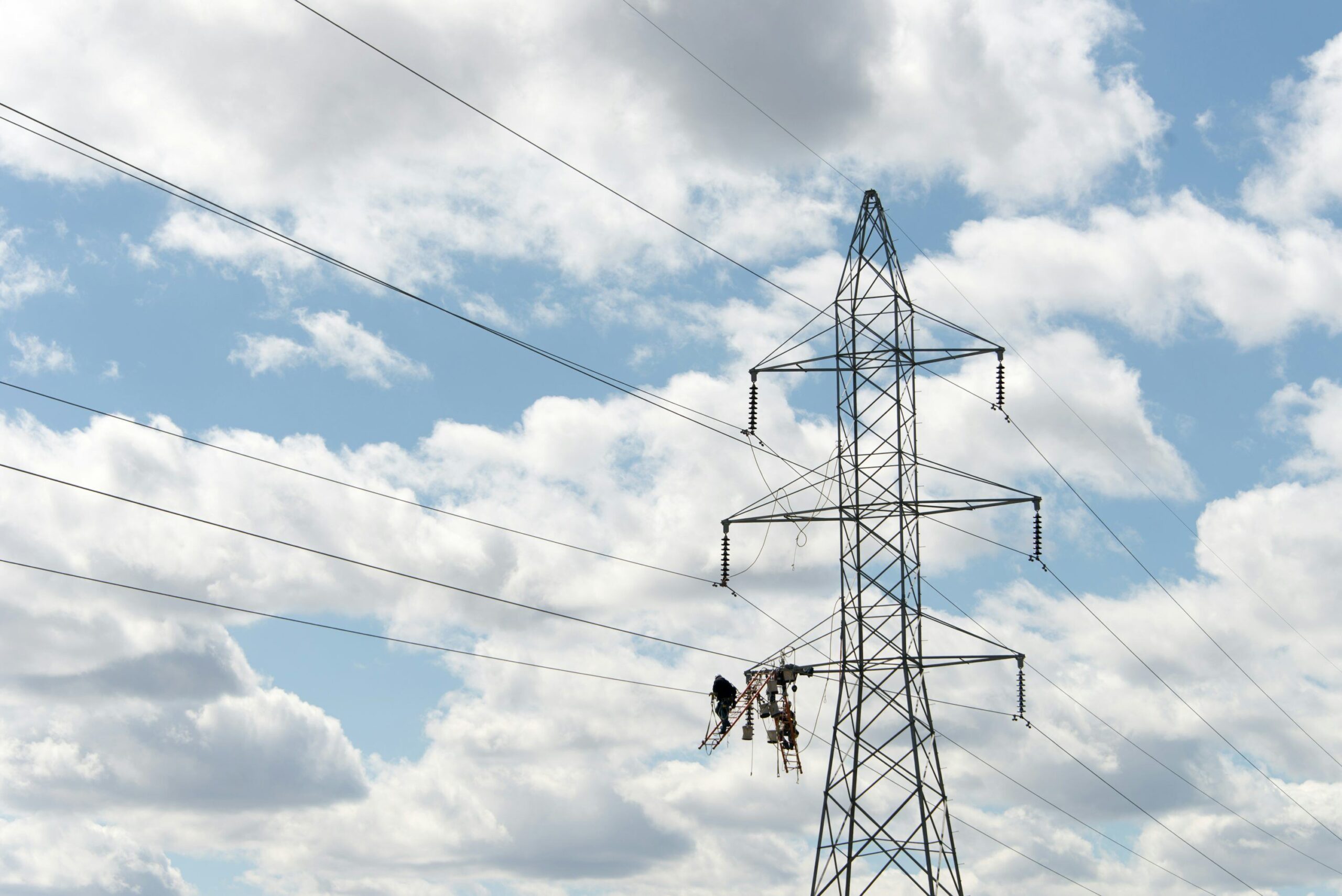The Department of Climate Change, Energy, Environment and Water (DCCEEW) is supporting the independent expert panel headed by Prof. Tim Nelson. The panel is preparing a roadmap and making actionable recommendations to support reforms to the NEM Wholesale Market.
The first consultation with stakeholders closed on February 14, 2025. This will be followed by a draft report in Q325, with the final report to be submitted to the Energy and Climate Change Ministerial Council in December 2025.
Investment incentives will likely focus on the several areas being looked to for comment.
The first being, can government certificated schemes promote investment in firmed, renewable generation and storage? This will favour those sites that can, via a combination of assets, likely solar, wind and battery, benefit from providing a firm, flat shape to the grid in addition to those currently in place via the CIS and LGC schemes. This will likely be welcomed by renewable developers and those retailers who have the ability to firm renewables around their existing large-scale assets. However, it will not be favoured by smaller single-site developers who will argue it will not allow competition but favour the larger participants of such a scheme. However, this could gain traction similarly to how the LGC scheme facilitated the development of 33,000,000 MWh of new renewable generation by guaranteeing a minimum certificate requirement for off-takers. Such a mechanism could potentially replace the LGC scheme post-2030, allowing for continued renewable development without requiring direct government support through programs like CIS.
The second area of focus will be the previously mentioned ESB Post-25 Capacity Mechanism scheme. Although not explicitly mentioned, it is the inference from the document’s questions. This was a controversial proposal by the ESB, as it would benefit only existing large-scale non-renewable generators at its core and could slow renewable investments. Although under a different guise, this has already occurred through the payments Origin will receive for the Eraring extension. This approach will likely continue throughout the 2020s and into the 2030s until sufficient storage and transmission infrastructure are in place to enable renewables to effectively meet the power demands of the NEM.
The wholesale market and consumer interaction will focus largely on the availability of Demand-Side Response (DSR). It may be preferable if these services can be included within the wholesale market. However, in reality, the NEM_DE (AEMO’s dispatch engine) cannot facilitate this. As such, the reforms may suggest these changes, but the likelihood of them being implemented is low.
The paper will likely result in more progressive tariffs and contracting, time-of-use reforms, and the ability to interact as an aggregated load (likely batteries) or feed-in tariffs at a time-of-use scale for consumers.
At the extreme, a full market overhaul should be proposed and will likely be presented by proponents. It is well-known that Australia operates under a pool mechanism, following previous pool models that have experienced soaring wholesale electricity prices and allowed participants to manipulate bid stacks. The likely replacement would be to move to a self-dispatch energy-only market, which would remove the requirements for capacity payments and a central dispatch model whilst encouraging competition. A reformed approach would have an underlying principle of bilateral trading where all output from generators must be contracted, removing the incentive to manipulate the prices in the pool spot market. This would bring the futures “Swap” market into a physical market, or a Futures market, which could run in parallel, as well as a “spot market”, which would run from the day ahead until just before delivery. Any imbalances not traded in these markets would be subject to imbalanced settlement pricing which could be significantly higher due to the calculations which underpin the cost of the balancing. All market participants would likely welcome this, bar those who are currently able to benefit from aggressive bidding behaviour and create a real time operating system.
This would significantly reduce AEMO’s role in the market and open up the ability for smaller generators, large off-takers and Distributed Network Operators to have access to the market and control the pricing and balance their assets in a much more controlled manner. It is likely any reforms suggesting this would receive significant lobbying and pushback within the government. PPAs and CFDs can still function within this market; however, they would be settled externally as financial products. The market, in turn, would provide better investment signals for operators and developers.


